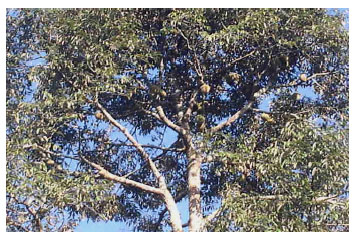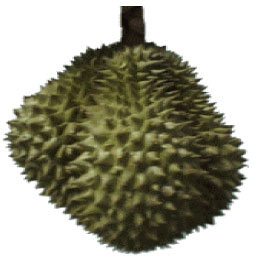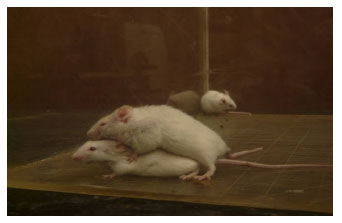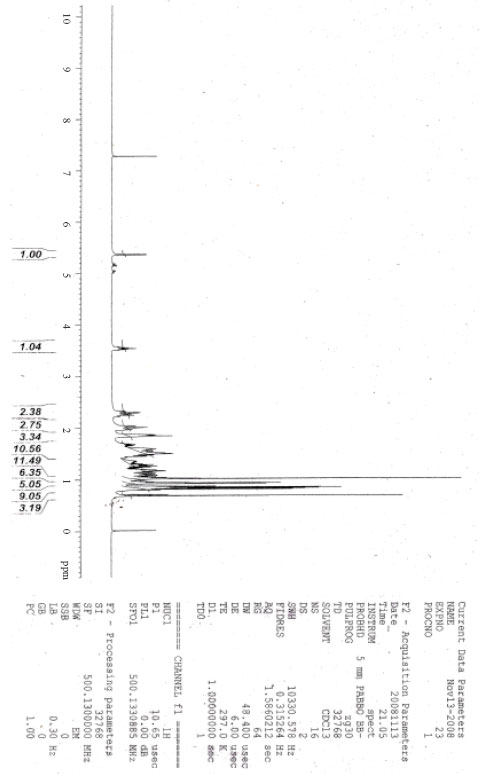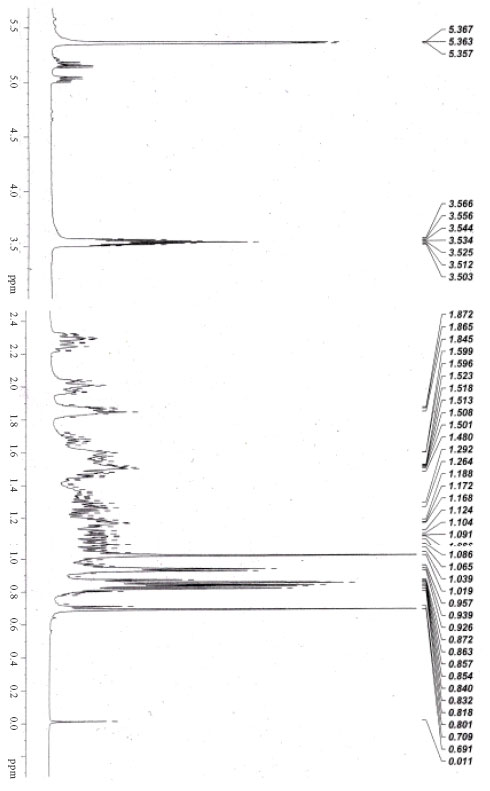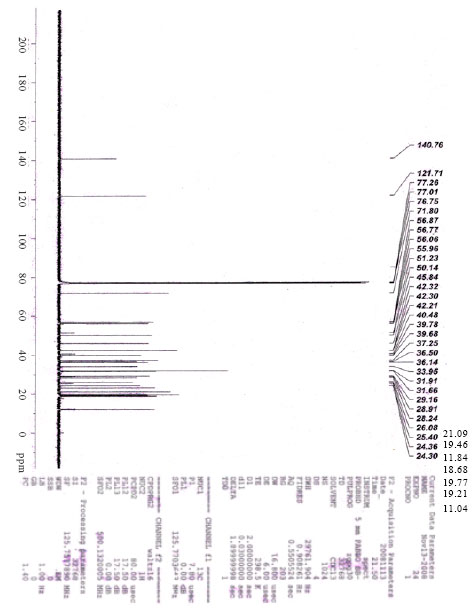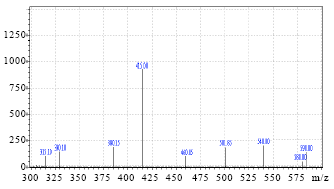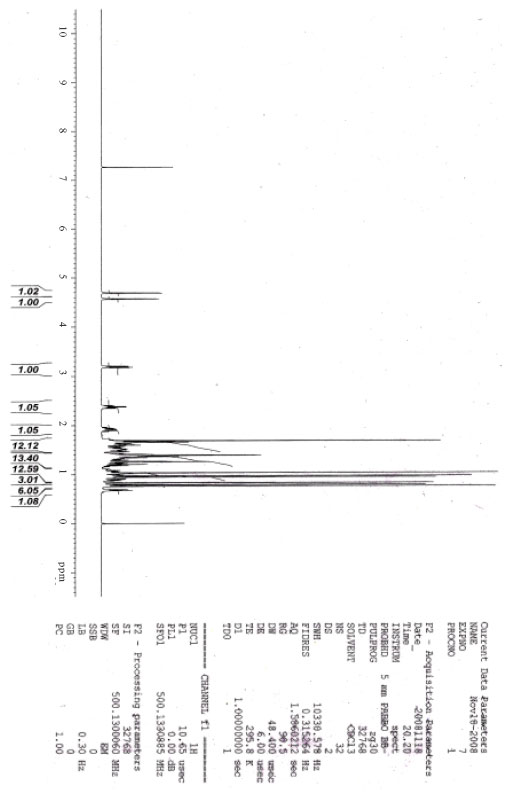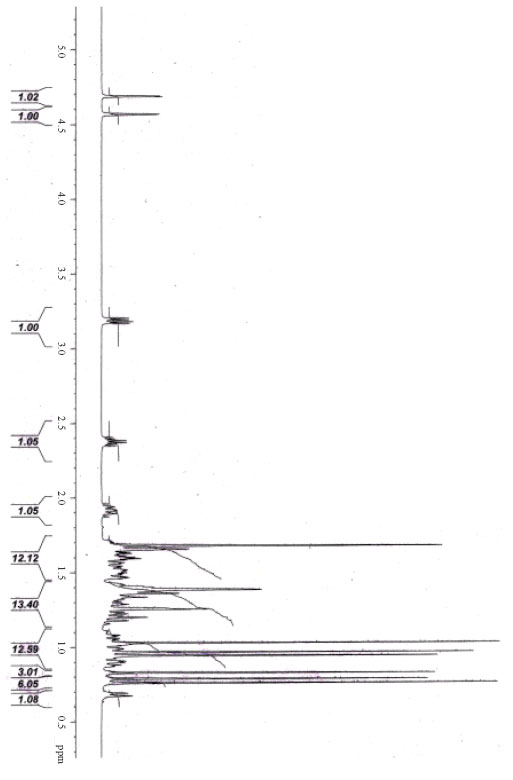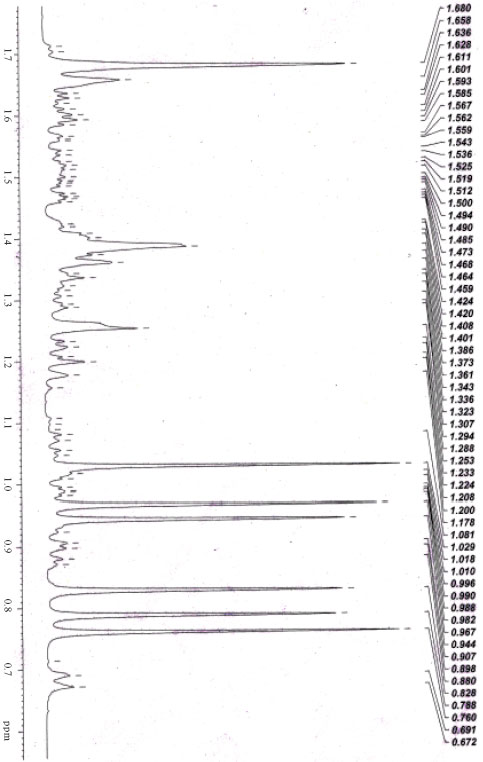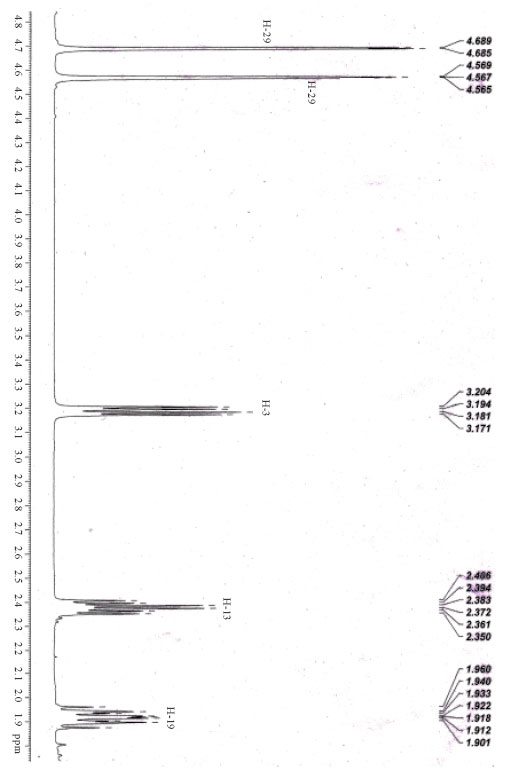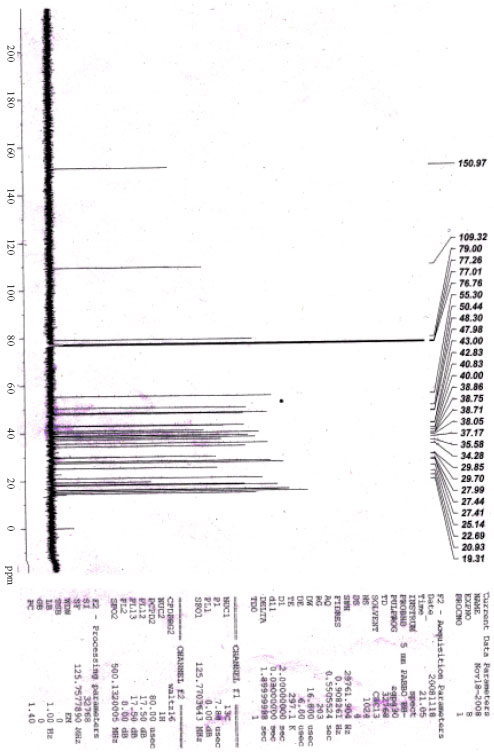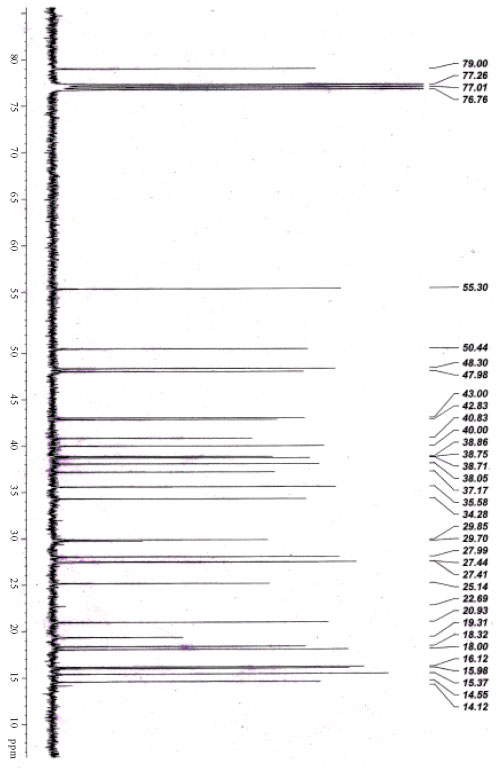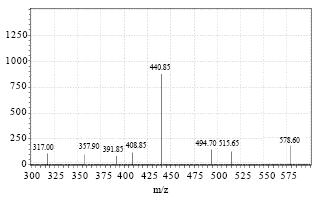Research Article
Isolation and Aphrodisiac Screening of the Fruits of Durio zibenthinus Linn.
Department of Pharmaceutical Chemistry, Sir C.R. Reddy College of Pharmaceutical Sciences, Eluru, Andhra Pradesh-534007, India
K. Hariprasath
Department of Pharmaceutical Chemistry, Sir C.R. Reddy College of Pharmaceutical Sciences, Eluru, Andhra Pradesh-534007, India
V. Soumya
Department of Pharmaceutical Chemistry, J.S.S. College of Pharmacy, Rocklands, Ooty, Tamil Nadu-643001, India
M. Prince Francis
Department of Pharmaceutical Chemistry, J.S.S. College of Pharmacy, Rocklands, Ooty, Tamil Nadu-643001, India
S. Sankar
Department of Pharmaceutical Chemistry, J.S.S. College of Pharmacy, Rocklands, Ooty, Tamil Nadu-643001, India









